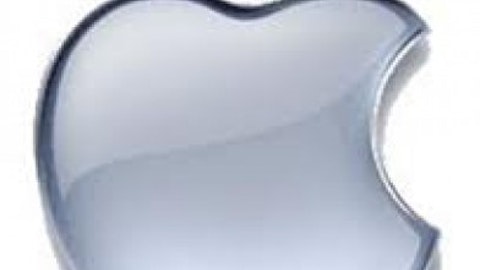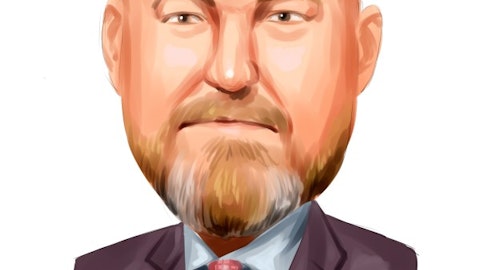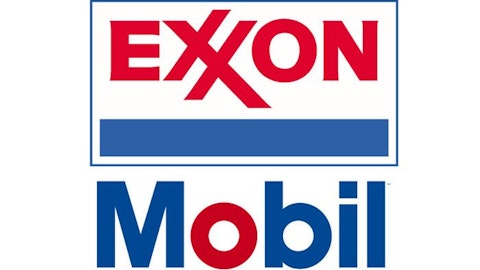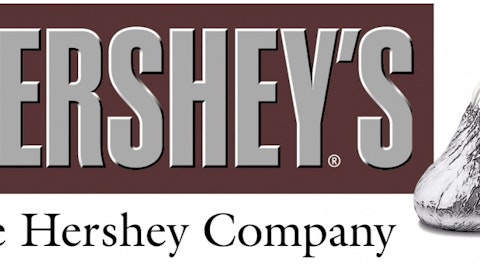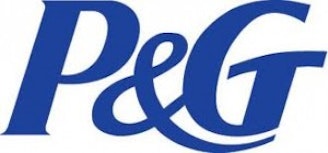
It’s necessary that FMCG companies understand the needs of emerging markets and plan their expansion activities accordingly. Let’s find out whether these companies have succeeded in planning and executing their expansion and cost control strategies.
Emerging markets — significant to compete for market share
The Procter & Gamble Company (NYSE:PG) plans to expand its business in emerging markets by entering into 20 new countries by the end of 2013. It has marked its footprints in more than 100 countries over the past two years. The progress reflects its increased market exposure, from 20% in fiscal year 2000 to 38% in fiscal year 2012. The company has already planned 16 products in its innovation pipeline for the year 2013. These products comprise segments like dish care, skin care, health care, personal care, and baby care.
The Procter & Gamble Company (NYSE:PG) also plans to open 15 to 20 new plants around the world by 2015. The major reason behind this decision is demographics with growing population and spending in Asia, Africa, and Latin America. In the last three years, the company’s net sales have grown by $6.1 billion, despite flat sales in the U.S. It will be adding more to its product segments in existing regions like India, Venezuela, and Poland. This will help in adding capacity, as well as localizing supply. Through focusing globally, overall sales are expected to grow 11% to $22.8 billion in the fourth quarter of 2013.
On the other hand, The Procter & Gamble Company (NYSE:PG) has planned a major cost-cutting attempt, with target savings of $10 billion by 2016. It has already reduced its headcount by 5,850 since January 2013, exceeding the estimated 5,700 job cuts five months prior the fiscal year ending 2013. The company aims to reduce its headcount by 2%-4% annually from fiscal year 2014 to fiscal year 2016. It has also planned to deduct $1 billion from its marketing and advertising budget from 2012-2016.
The idea is to save and invest in cost-effective digital marketing and other forms of advertising. These cost-cutting strategies have contributed 14% profit year over year in the third quarter ending March 31, compared to 8% in the first half of fiscal year 2013. These savings will be beneficial for the company’s innovation and cost-effectiveness, investing in research and development of products.
FORCE — offsetting weaker sales
Kimberly Clark Corp (NYSE:KMB) had strong first-quarter results ending March 2013. The consumer and professional tissue segment constitutes nearly 44% of Kimberly Clark Corp (NYSE:KMB)’s revenue. Due to a heavy cold and flu season, Cottonelle bath tissue and Kleenex facial tissue enjoyed double-digit growth volumes in the North American region. The global tissue market sales increased from 23 million tons in 2011 to 25 million tons in 2012. It is expected to reach 27 million tons by the end of 2014.
It is also estimated that Kimberly Clark Corp (NYSE:KMB)’s revenue per ton of tissue paper will increase from $2.61 million in 2012 to $2.65 million in 2013. The reason for the increase in revenue is the expected increment in the selling price in order to offset the rising oil and fiber costs. Furthermore, the company is planning to outsource the manufacturing process in order to control costs and reduce inflationary pressures; it aims at restoring the profitability of its tissue business.
In 2010, Kimberly Clark Corp (NYSE:KMB) had initiated a program called “Focus On Reducing Cost Everywhere”, or FORCE, which helps reduce unnecessary or avoidable costs at various levels or product segments. It was estimated that Kimberly will be able to save $70 million through this program in the said quarter. But it actually posted cost savings of $84 million. This helped the company in restructuring its European business, costing $31 million. The restructuring includes an exit from the diaper business due to low profitability and inability to gain market share in the continent.
Kimberly Clark Corp (NYSE:KMB) was able to reduce input costs to $35 million from $55 million through the program. These aspects helped boost margins, resulting in increased earnings per share by the end of the fiscal year from 7% to 10%. It expects $250 million to $300 million cost savings through this program by the end of 2013.
Cash distribution through timely-dividends, supported by growing household segment
The Clorox Co (NYSE:CLX)‘s household segment contributes about 29% to the company’s revenue. Sales of its household segment decreased 1% in the third quarter of 2013, quarter over quarter. This was majorly due to the 20% decline in charcoal sales due to bad weather conditions in countries like the U.S. and the U.K., but is expected to pick up. To boost sales, The Clorox Co (NYSE:CLX) has spent $132 million on advertising and research and development, which is 5% higher from the previous quarter.
The rise in marketing spending is the result of new product launches, like smoke-flavored Kingsford charcoal and a line of Hidden Valley sandwich spreads, in the current fiscal year. Therefore, it is estimated that this segment will grow 11% to $459 million in the fourth quarter compared to $413 million in the third quarter of 2013.
The Clorox Co (NYSE:CLX) reported $333 million of cash flow in the third quarter of 2013. Its year-to-date cash flow has reached $462 million. Looking at the increased cash flow, it has planned to distribute dividends of $0.71 per share, up 11% from $0.64 paid last year, bringing the company’s annualized dividend to $2.84 per share. The company has almost doubled its annual dividend from $1.20 to $2.56 per share in the past six years. It has also surpassed the highest stockholder returns given by any S&P 500 company and peer group companies in the past four years. The Clorox Co (NYSE:CLX) has a long-time record of paying timely dividends to its shareholders since 1977.
Conclusion
The Procter & Gamble Company (NYSE:PG)’s strategy to expand its business in emerging markets, with innovation in products, will help it sustain competition, and protect market share.
Kimberly Clark Corp (NYSE:KMB) posted great results due to sales in emerging markets and its FORCE program. The same format can be expected for the current fiscal year.
The Clorox Co (NYSE:CLX) is expected to do overall moderate business. But, considering the company’s focus on innovation and cost management, investors can expect better top-line growth in the coming years.
Considering the potential for long-term growth, I suggest buying all three companies.
The article 3 FMCG Companies Favoring Expansion and Cost Restructuring originally appeared on Fool.com and is written by Shweta Dubey.
Shweta Dubey has no position in any stocks mentioned. The Motley Fool recommends Kimberly-Clark and Procter & Gamble.
Shweta is a member of The Motley Fool Blog Network — entries represent the personal opinion of the blogger and are not formally edited.
Copyright © 1995 – 2013 The Motley Fool, LLC. All rights reserved. The Motley Fool has a disclosure policy.
